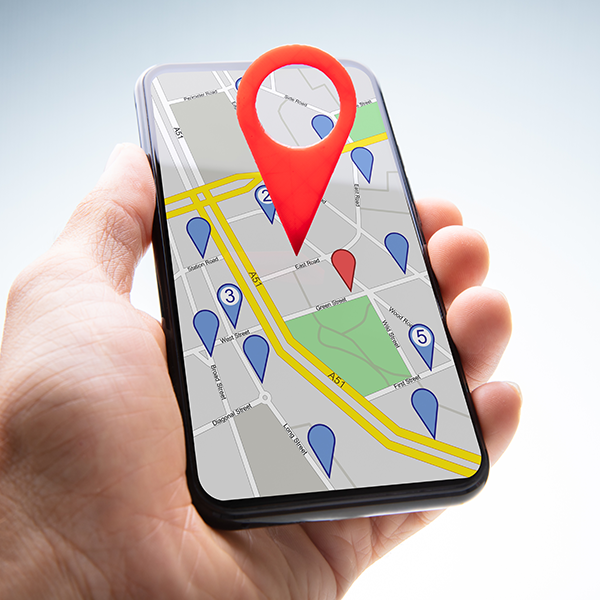Why 'The Internet of Things' Needs a New Security Model

The Internet of Things, commonly referred to as IoT, refers to objects that can be specifically identified in physical space as well as their representation in virtual terms on the Internet.
Implementing the IoT would require equipping each and every object in the world with tiny devices for identification purposes that could be read by machines. This concept will fundamentally alter the way human beings interact with objects. It will also give power to the creators of content to control their products with the help of better application of copyright and restrictions. These restrictions would be managed digitally.
Take, for example, a person who has bought a movie on Blu-ray. He has the option of paying more so that he can watch it for a whole year. He can pay a moderate price for watching the same movie for a week. Or he could simply choose to pay a minimal amount each time he watches the movie.
Presently, however, the IoT denotes improved connectivity between various devices, services and systems by transcending the norms of machine to machine contacts. The IoT covers a wide range of domains, protocols and apps.
Many people, think the IoT is not as secure as it should be, and recently there have been calls to implement new security measures for enhanced protection. Connected devices are highly vulnerable to malpractice and sabotage, and the current security practices have only aggravated the fear that this vulnerability will lead to serious repercussions. Loosely connected devices can leak data and also serve as a weak spot for hacking.
Keep in mind, in the intricacies of an interconnected world, the current procedures for securing the IoT will have to change. The focus should not be on keeping the unwanted guys out; rather it should be assumed that the entire environment has been compromised. The highest priority should be given to developing the ways in which attacks could be thwarted and a secure environment could be established.
It is a great challenge to secure the Internet of Things because the devices connected in this medium do not only interact with the medium, they also interact with each other. As per statistical reports, these connected devices will amount to a billion within the next five years.
Essentially, each and every connected device is a potential weak spot. The environment through which these devices are connected can be secured. However, when they interact with each other there will be no way of securing them from an attack mounted from another device. Unlike the smartphone, all devices are not intelligent. They do not have microprocessors inside them that would help them in data encryption for security purposes.
It is a safe bet that many people who participate in the Internet of Things do not keep their devices up-to-date or use password generators. Several consumer appliances and devices are very simple. If they are fitted with high-tech security gadgets, they will lose their simplicity, and thus, their appeal.
These are only few of the problems. There are many more that need examination and analysis. One of the best ideas that has recently been floated for securing the IoT is to create software for determining which devices can be trusted for connecting. There is another idea that calls for designing all the products with security in mind.
The need for a new security model for the Internet of Things has recently come to the fore. There are several ideas that have been put forward to establish a viable and trusted security system without compromising the utility of devices involved.
Anna Gale is a marketer at Fueled, the leading iPhone app builder in New York City, renowned for its award winning mobile design and strategy.

Subscribe to Our Newsletter!
Latest in Software








